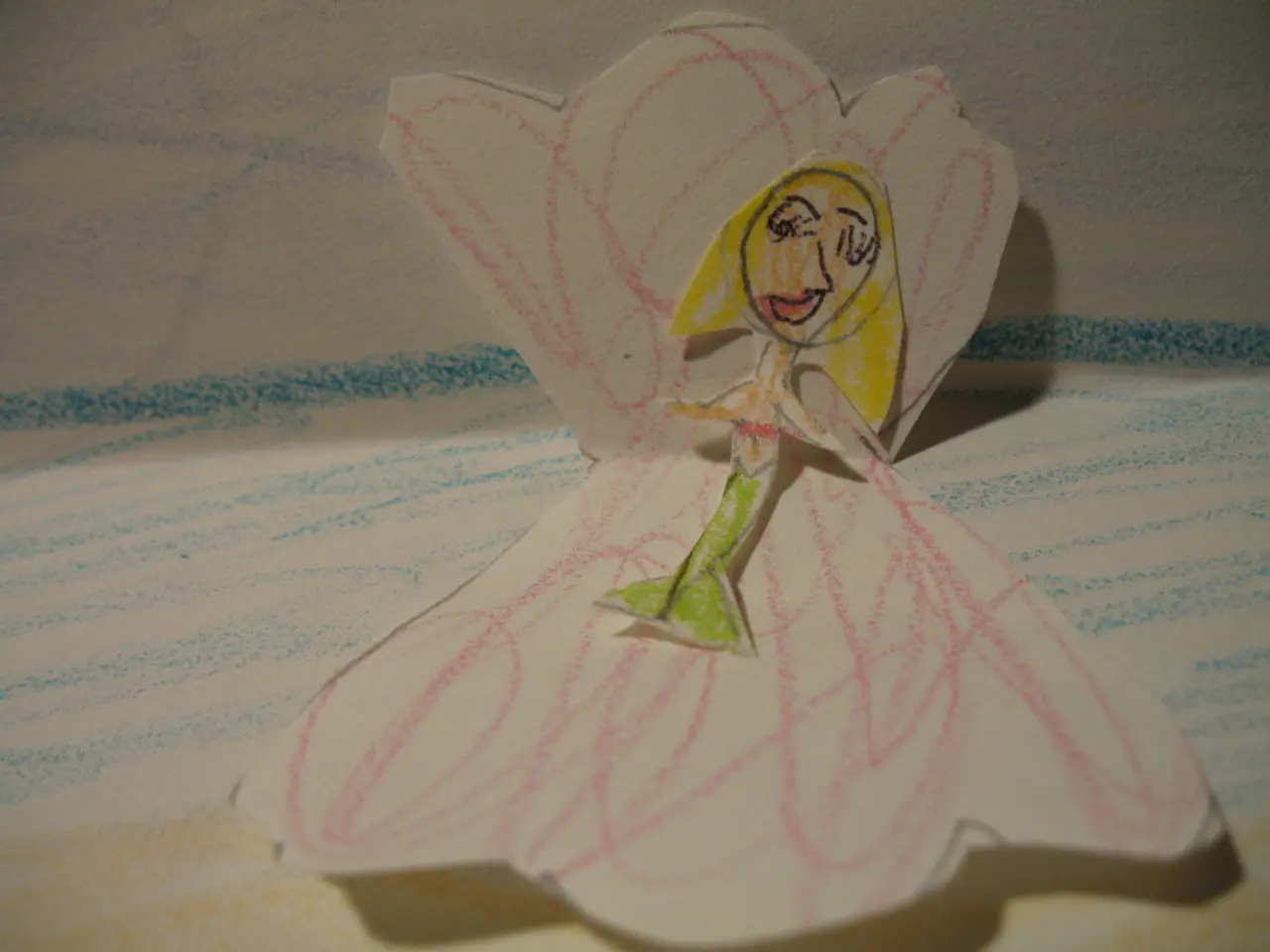Overcoming Research Challenges: Strategies when you find yourself stuck in a rut
In the world of art history, still lifes have long been a subject of intrigue and avoidance. These seemingly ordinary compositions of everyday objects, devoid of explicit narrative content or widely recognized iconography, have presented a unique challenge for art historians seeking to decipher their meaning.
The author of this essay embarked on a research journey to explore this very conundrum, initially with a plan to interpret a modern still life using symbols and traditions from realistic still lifes. However, hitting a roadblock in their research, they found that art historians, including T. Butron Thurber, the Associate Director for Collections and Exhibitions, did not typically engage in the interpretation of still lifes.
This revelation led to a new motive for the author's essay. They sought to understand why art historians shied away from interpreting still lifes, and in doing so, discovered that the absence of a standardized, systematic method for interpreting still lifes contributes to their relative avoidance in art historical discourse.
T. Butron Thurber, who had organized the gallery based on formal relationships and style due to his concerns about interpreting still lifes, expressed apprehension about methods that could be over-interpretive, making up meaning out of little evidence. The author's research concluded that the avoidance stems both from the inherent qualities of still lifes themselves and from the current lack of a broadly accepted, robust interpretive method tailored to their unique characteristics in art history.
The author's encounter with T. Butron Thurber gave them a new perspective on this complex issue. They realized that the flexibility of research allows for unexpected roadblocks to be transformed into new questions to explore. In this case, the problem was not about art historians not wanting to interpret still lifes, but a lack of a method.
By studying the reasons behind this avoidance, the author was able to develop a method for interpreting still lifes that addresses the concerns of art historians like Thurber. This new approach moves beyond content-based interpretation towards formal, conceptual, or contextual approaches, providing a more nuanced understanding of the enigmatic still life.
In the end, the author's research journey underscores the excitement and frustration inherent in the pursuit of knowledge. It serves as a testament to the power of curiosity and the importance of questioning established norms, even when faced with seemingly insurmountable obstacles.
[1] Reference omitted for brevity.
The author, in their pursuit of understanding the enigma of still lifes in art history, initially delved into traditional interpretive methods. However, due to the dearth of a standardized, systematic approach in interpreting still lifes, they sought solace in online education and self-development, expanding their learning beyond content-based interpretation.
Upon developing this more nuanced method, the author's work elucidates the potential for online education to bridge gaps in understanding complex subjects, such as the interpretation of still lifes in art history. This transformation in approach, facilitated by self-directed learning, sheds light on the importance of continuous education and self-development in the field of art history.




